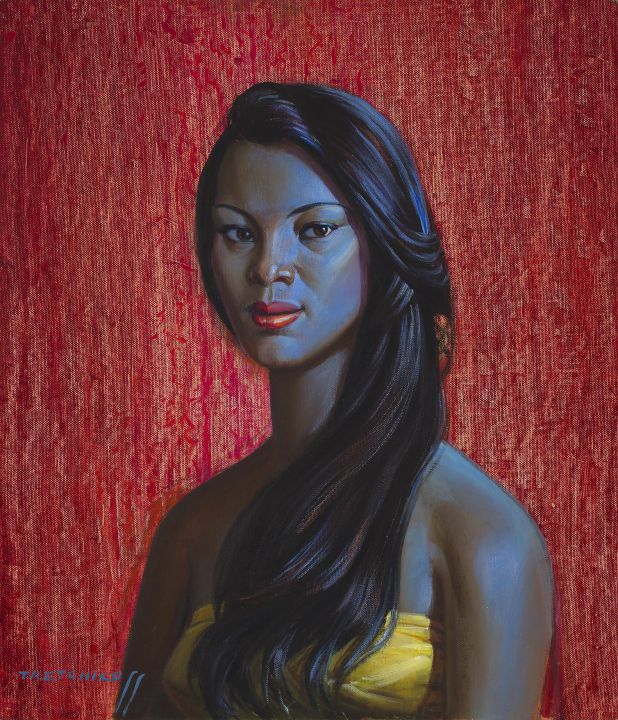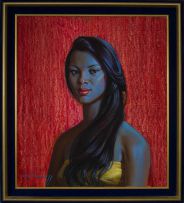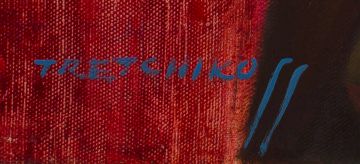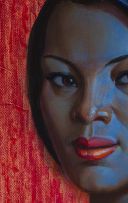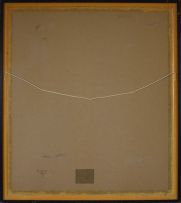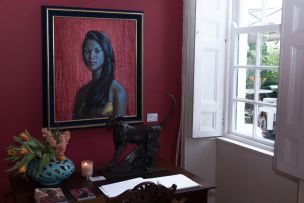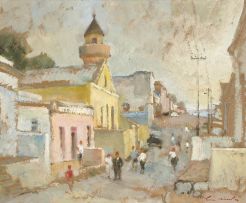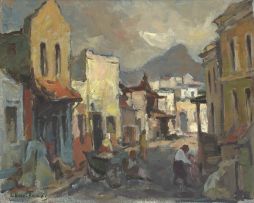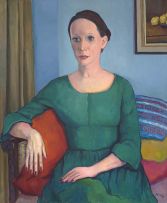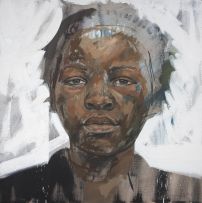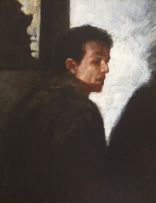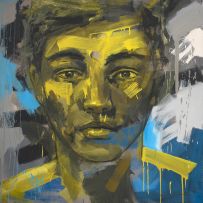19th century, Modern, Post-War and Contemporary Art, Decorative Arts, Jewellery and Wine
Live Virtual Auction, 10 - 11 May 2020
Important announcement regarding the terms and conditions of this auction.
This auction is being conducted during a National State of Disaster in South Africa and in accordance with the various Regulations passed by the Government in South Africa in response. Presently, South Africa’s National State of Disaster is at Level 4, which limits certain commercial activity. Read More →
Terms and Conditions for Online Auctions (517.08 KB)
Privacy Policy for Online Auctions (198.46 KB)
Paintings Evening Sale
Incl. Buyer's Premium & VAT
About this Item
signed
Notes
In 1973, Ellen Peters, a teenage secretary from Kensington, Cape Town, was proclaimed 'Newsmaker of the Year' by the Cape Press, Radio and TV Club.
To celebrate the occasion, she appeared at their ball, a rare multiracial event, with other heroes of the day. Among them, mixing with the city mayor, the captain of the provincial rugby team and the queen of South African ballet, was the country's wealthiest artist, Vladimir Tretchikoff. After a recent series of lucrative British shows and the launch of his illustrated autobiography by Collins of London, the painter was very proud of himself.
Ellen, in her silver sequinned dress, caught his eye. That year, the girl from a Coloured suburb, where she lived with her parents and seven brothers and sisters, won the title of Miss Africa South. It was the non-White equivalent of Miss South Africa.
The newly crowned beauty queen represented her country at the Miss World pageant. Ellen reached the semi-finals, saw London and New York, and socialised with Gregory Peck and Engelbert Humperdinck. For her it was a dream come true.
Tretchikoff, always seeking a multiracial ideal of female beauty, was so impressed by Ellen that he asked her to sit for this portrait. At his studio, as they were having tea served his favourite way, with a peeled apple, he studied her face. Her ancestors came from Scotland, France and Indonesia. Her grandfather was Jewish. Ellen had the intercontinental look that Tretchikoff found appealing.
Her portrait by Tretchikoff belongs to the same tradition as his famous Balinese Girl (1959). It is a view of a Western onlooker admiring female beauty and being fascinated with visual expressions of Asian culture which complement that beauty.
Sitters for his Balinese portraits made in the 1950s and onwards were South Africans of mixed ancestry, like Ellen Peters. Even the dress that she wears in this portrait is golden like that in the Balinese Girl.
What sets this work apart from the Balinese series is an absence of 'exotic' accessories: no heavy traditional earrings, no headscarf. Even in Tretchikoff's portraits of Coloured fruit-and-vegetable sellers, the models' heads are always covered. Still, Ellen is clearly a modern girl, with her confident gaze, bold makeup and long hair hanging loose. Her complexion may be bluish, like that of Tretchikoff's famous Miss Wong or Chinese Girl, but it was purely an aesthetic choice for the artist. There is no timelessness in Ellen's look, no combination of the archaic and the new that we find in his most popular 'exotic' studies. The girl in this painting is obviously Tretchikoff's contemporary.
It is one of the last inspired portraits that Tretchikoff produced in that decade.
Tretchikoff's sitter was confident enough to change her life dramatically in the following years. Ellen met an Israeli businessman and chairman of Friends of Lubavitch of Tel Aviv. After a long wait, she converted to Judaism.
Her happy marriage lasted three decades. After the death of her husband, she returned to Cape Town. Ilana Skolnik-Kazarnovsky, as she is known today, is a South African motivational speaker, who has shared her story of spiritual transformation with Jewish women around the world.
Boris Gorelik, 2020
Literature
Andrew Lamprecht (ed.) (2011) Tretchikoff: The People's Painter, Jonathan Ball Publishers: Johannesburg & Cape Town, illustrated on page 75.
